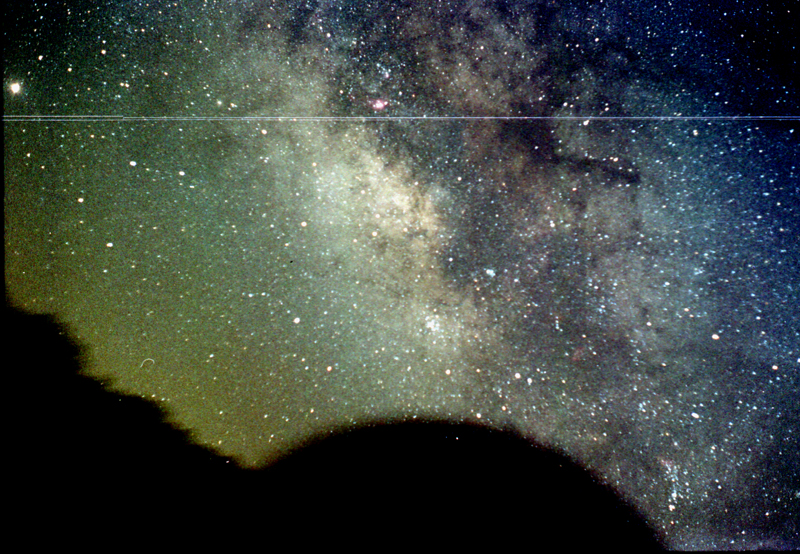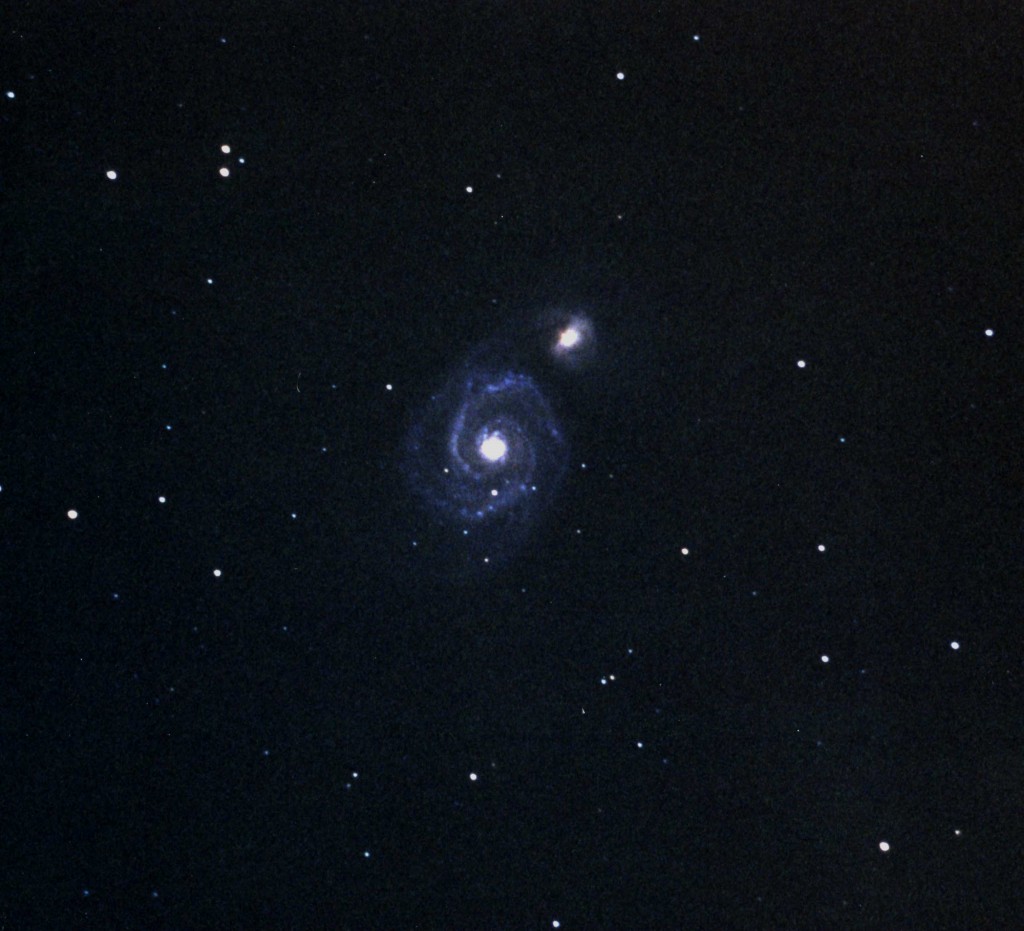Due to my return to work after summer vacation and issues with the wonderful Florida weather, I am taking a short hiatus. I will post again this weekend after settling in to the normal work routine.
Monthly Archives: August 2011
The Celestial Campground, part 2
Thanks to the wonderful tropical moisture of Florida, our little celestial camping trip has been delayed for a short bit. First, let is print off the map for August before heading outside:
http://skymaps.com/skymaps/tesmn1108.pdf
If you recall where we left off, we were down in the tail end of the Fishhook, AKA Scorpius. We swung around this constellation and ended at the two large open clusters called M-7 and M-6. We stopped at that location for a rest. Since we are tired from our trip, I think it maybe time for some coffee…
Coffee anyone?? Anyone that enjoys stargazing and camping has grabbed a cup or two while under the stars to keep going. The sky pay homage to this astronomical tradition with a coffee pot composed of stars. From where we left off, extend your arm and make a fist. About mid way to three quarters of the way up your fist and to the left will be a group of eight medium bright stars. Use the map that you printed out to trace the design formed by those stars. The small triangle on the western (right) side of the formation is the spout of our coffee pot. To the northeast and connected to the northern most star of this triangle is another triangle with a vertex pointed north. This is the lid of our celestial coffee pot. Connected to the eastern most (left) star will be an arc of three stars the turns back to the west. This is the handle of the coffee pot. A line drawn from the southernmost star of the handle back to the southernmost star of the spout completes our coffee pot. Now if you are in a dark location around the time of New Moon, you will see the Milky Way streaming by the spout of the pot. I like to imagine this to be steam coming out of the pot, but one more little detail. Look just north of the handle of the pot. There will be a faint group of four stars forming an inverted triangle with the vertex pointed south. Off to the northeast will be a fainter star. This little group to me appears to be a celestial spoon. One must have sugar with their coffee, correct?
The technical name of the constellation we drew is Sagittarius the Archer. It so happens to be one of my favorite constellations along with Orion, who is located on the opposite part of the sky. If you decided to bring out a pair of binoculars, take a moment to start at the top of the spout and slowly sweep northward until you reach a fuzzy spot in the Milky Way. At this point you should be nearly directly west of the top of the lid of the pot and directly north of the westernmost star in the spout. This fuzzy patch is the famous Lagoon Nebula also called M-8. Located some 5 000 light years ( from the Sun, when observed through a telescope it appears to have complex patterns of dust and gas. Intermixed with this is an open star cluster called NGC-6530. The NGC comes from Dreyer’s New General Catalog published in the late 1800s and early 1900s. This cluster appears to be involved with M-8, but sources give varying distances, most are within 500 light years of that of M-8.
Just north in the same binocular view will be a smaller and fainter fuzzy spot. This spot is called M-20, the Trifid Nebula. The shape is not visible in binoculars, but it is readily apparent in telescopes eight inches and up in aperture. The distance to this nebula is also 5 000 light years. From these distances, I might infer that they maybe part of the same molecular cloud, but I could be incorrect. This past July on one of the rare summer nights that it is clear in Florida, I had the chance to observe the Trifid with a fourteen inch Meade Schmidt Cassegrain reflector. At a magnification of 240x, the nature of the nebula was very apparent. The nebula was trisected by dust lanes that were barely visible above the light pollution put out by the phosphate mines south of my location. To reduce the effects of light pollution, I added an Oxygen III (OIII) filter to the eyepiece. This filter allowed the light emitted by doubly ionized oxygen. The filter darkened the sky and the Trifid stood out in her full glory. WOW!!
Our last stop will be just off the lid of the teapot. Take you binoculars and point then at the northern vertex of the lid. Keeping the star in the field, move the star to the right of the field, keeping it on the right side of the field. Entering the field should be a faint fuzzy spot. This is a globular cluster called M-22. This cluster is the most distant object on our tour. This cluster is located some 10 000 light years distant, located on the Earthward side of the central bulge of the Milky Way. With a telescope this cluster appears as a majestic ball of fireflies hovering around a light.
Attached below are is a view of this area of the sky photographed in April of 1996 from Lake Kissemmee State Park. Jupiter is on the left, sorry for the scratches-dust in the camera! I hope you enjoyed this tour of my favorite area of the the sky!
–RV
Back in the film days….
This is just a little aside before I continue the Celestial Campground series.
Here is a little photograph of the same galaxy using two different types of technology. One was taken back in May of 2001 with film, the other in April of this year with a CCD. I posted them large so you will be able to see the details of the photos. Yes I said photograph. This was taken in the day when most of us took some film and an SLR camera with a stash of lenses out to a dark site. Back then we had a large selection of films to choose from. Most of the amateurs I ran across did not have a CCD camera, if they did it was used to guide the telescope while a film camera recorded the heavens above. Those days are coming to a rapid end.
Now it is the other way around. Few of the amateurs use film and now opt for DSLRs and CCDs for grab a pic of the heavens. Some of the best moments in my time as an astrophotographer was learning patience at the guiding eyepiece of my telescope. Also I built up a tolerance for neck pain and eye strain. Yes you read it correctly! We spend hours hunched over an eyepiece that contained fine crosshairs and a red LED to illuminate them. Most of the time the guide star was pretty faint and one must contain that star at the intersection of those crosshairs. One wrong tap of a button and your precisely guided photo is ruined. I had that happen more times than I care to remember, but still the rewards were great after a night of guiding at the scope. From time to time when the scope was performing great, I would look up and take in the stars on that wonderful velvet black backdrop before returning to my game of chase the star.
Now I have made the transition to digital and use a CCD camera with the scope. Today I can reach stars much fainter than the faintest stars I recorded with film. Also back in the film days you had to either develop it yourself or take it to the local camera shop now the image appears on a screen. I hit the local Ritz Camera about once a month with a roll or two of pics. Now I just hit the enter key to say the pics to my hard drive. No drive to the mall and waiting an hour for there processing to be done. No worry about the film getting messed up in the developer or finding out that an entire night passed and the film did not go through the camera. With CCD, you just delete and retake the exposure. The down side of CCD–your night vision is wrecked from the computer screen, but that is the price we pay for great images these days.
Do I miss the film days? Yes I do, and from time to time I catch myself daydreaming of the nights that I spent huddled over an eyepiece under a velvet black sky……
The top picture is a 10 minute exposure with the CCD, the bottom is film and a 55 minute manually guided exposure.



